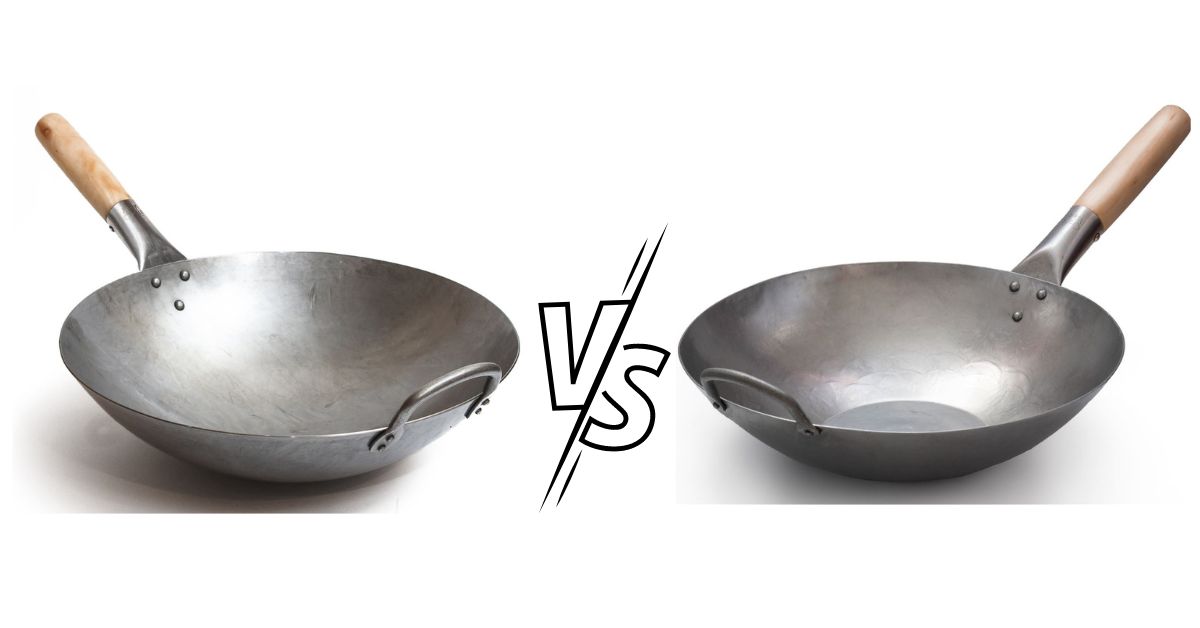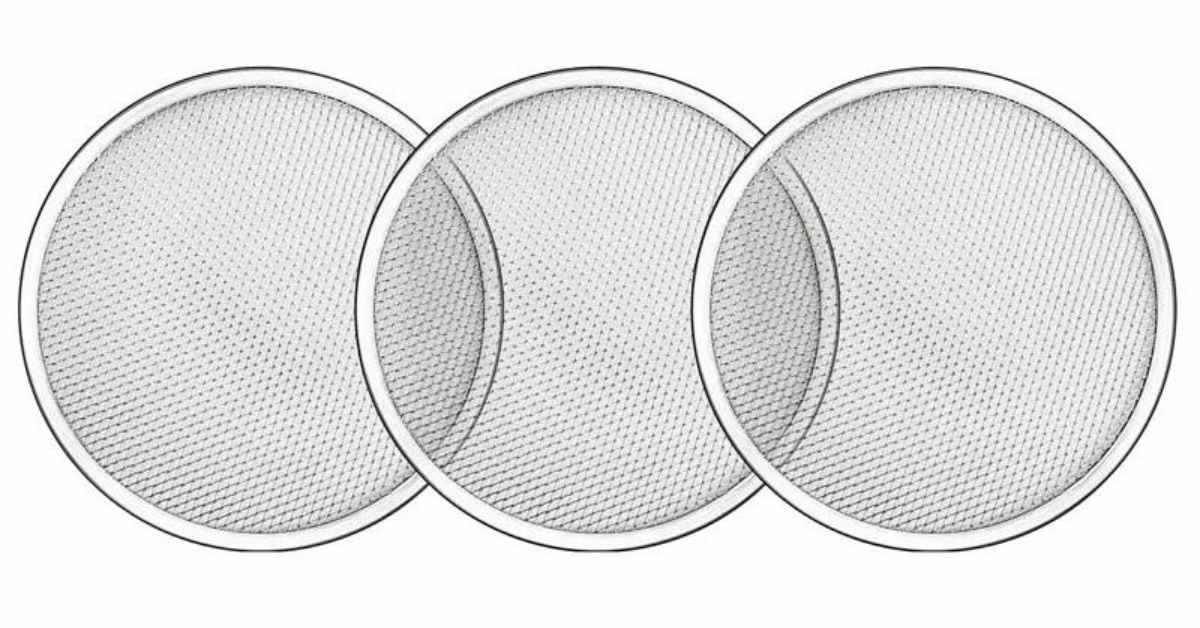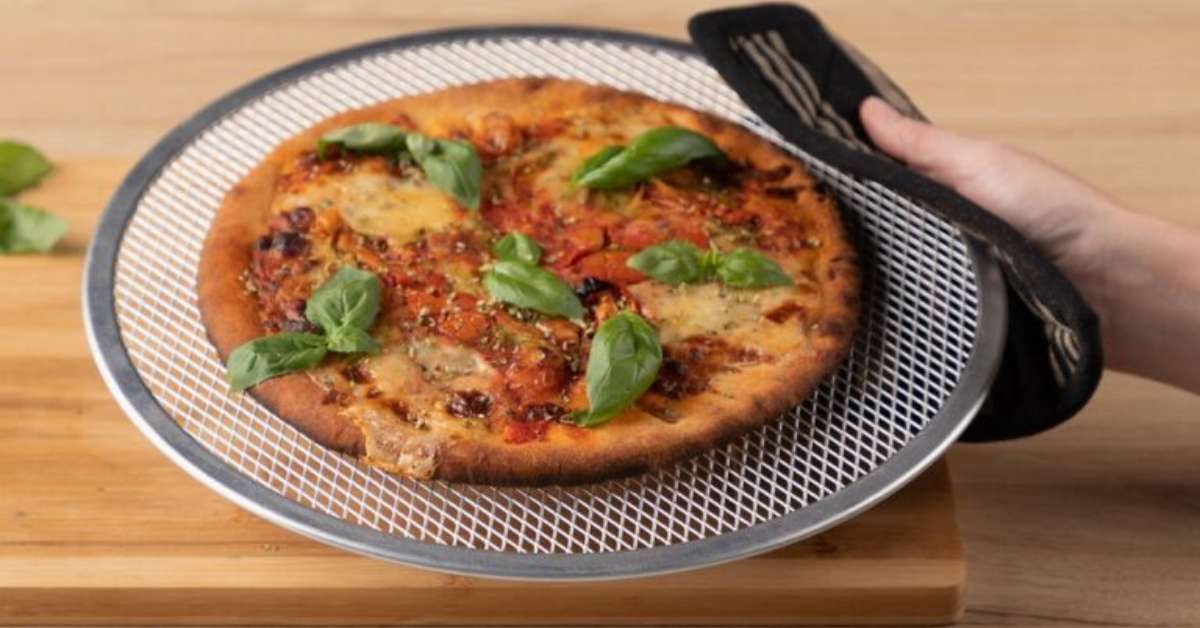When cooking delicious Asian cuisine, a wok is an essential kitchen tool. However, with so many options available, choosing the right one for your needs can take time. This article comprehensively compares round bottom vs flat bottom woks, their features, advantages, and disadvantages. By the end of this article, you can choose the best wok that suits your cooking needs and preferences.
Before diving into the specifics, let’s explain what a wok is. A wok is a versatile cooking vessel that originated in China and is now widely used in Asian cuisine. It’s a large, round-bottomed pan perfect for stir-frying, sautéing, and deep-frying. The wok design allows for high-heat cooking and makes it easy to move food around quickly.
Table of Contents
ToggleRound Bottom Wok
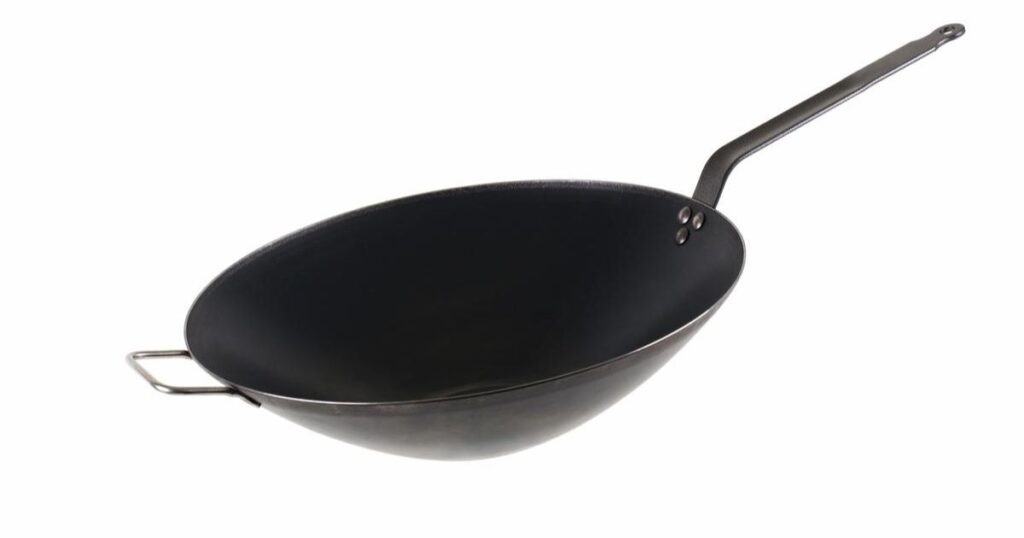
The round bottom wok might be the right choice if you’re looking for a traditional wok. Let’s look at its history, advantages, and disadvantages.
History and Origin
The round bottom wok originated in China over 2000 years ago and has become a staple in Asian cuisine. It was designed for the traditional cooking method of stir-frying and was used by street vendors and home cooks alike.
Advantages of Using a Round Bottom Wok:
One of the main advantages of using a round bottom wok is its heat distribution. The wok’s shape allows for even heat distribution, which is crucial for stir-frying. The high heat also makes it possible to cook food quickly, which is essential for maintaining the texture and flavor of the ingredients.
The ability to stir-fry is another advantage of using a round bottom wok. The rounded shape of the wok makes it easy to toss and turn ingredients, ensuring they cook evenly.
Traditional Cooking Method:
Using a round bottom wok is also a traditional cooking method that’s been passed down for generations. This method involves cooking over high heat and quickly tossing ingredients, resulting in a delicious and flavorful meal.
Disadvantages of Using a Round Bottom Wok:
One of the main disadvantages is its stability. The round shape can make it challenging to balance on a flat surface, which can be dangerous when working with hot oil or other liquids.
Another disadvantage is that using a round bottom wok requires special equipment. You’ll need a wok ring or other support to keep the wok stable on your stovetop. Not all stovetops are compatible with this wok, so you may need to invest in a separate burner.
Flat Bottom Wok
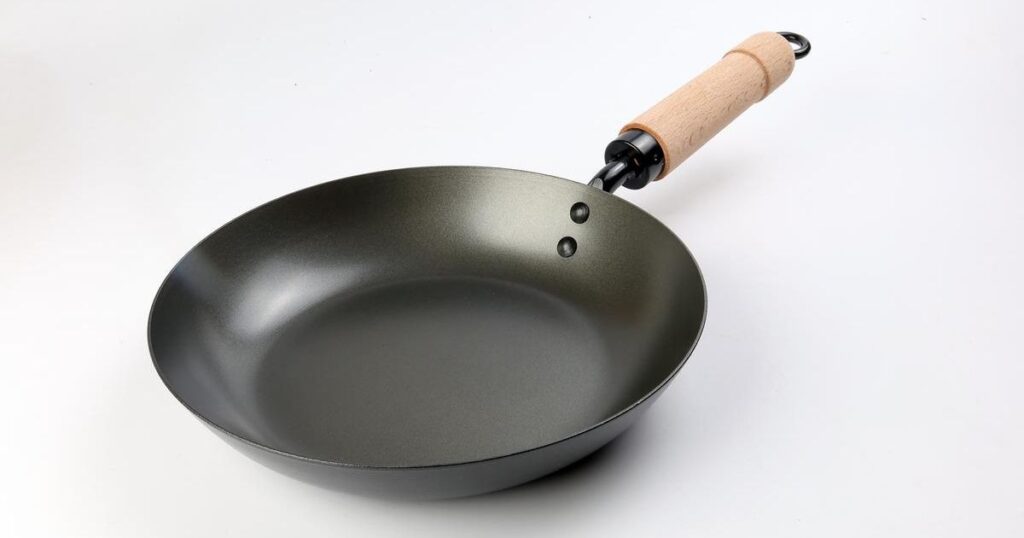
The flat bottom wok is more modern than the traditional round bottom wok. This cooking tool has become increasingly popular in recent years, as it offers a range of advantages over its traditional counterpart.
Let’s look at the history and origin of the flat bottom wok and its advantages and disadvantages.
History and Origin:
The flat-bottom wok was developed in response to the growing demand for woks that could be used in a broader range of stovetops. It was first introduced in the 1960s and quickly became popular among Chinese and non-Chinese cooks. Today, the flat-bottom wok is a fundamental kitchen tool in numerous households worldwide.
Advantages of Using a Flat Bottom Wok
One of the main advantages of using a flat-bottom wok is that it is suitable for all stovetops. Whether you have a gas, electric, or induction stove, a flat-bottom wok can be easily used. Additionally, the flat bottom provides excellent stability on the stovetop, making it easier to cook various dishes.
Another advantage of using a flat bottom wok is that it is easy to clean and store. Unlike traditional round bottom woks, the flat bottom wok can be washed easily and stored more compactly. This makes it a convenient tool for busy cooks who want to save time and space.
Disadvantages of Using a Flat Bottom Wok:
One of the main disadvantages of using a flat bottom wok is that it has uneven heat distribution. The flat bottom only allows heat to be distributed as evenly as a round bottom wok, making cooking certain dishes more difficult. Additionally, the flat bottom wok has limited capacity for stir-frying, which can be a drawback for some cooks.
Another disadvantage of using a flat bottom wok is that it is not traditional. Many chefs and cooks prefer traditional round bottom woks for their unique shape and ability to cook dishes quickly and evenly.
Despite these disadvantages, the flat-bottom wok remains a popular and convenient tool for many cooks worldwide. Its suitability for all stovetops, stability, and ease of use make it an excellent choice for busy cooks who want a versatile and convenient tool in the kitchen.
Comparison Between Round Bottom vs Flat Bottom Wok
Choosing between a round bottom and flat bottom wok can be difficult for many cooks. Both types of woks have advantages and disadvantages, which should be carefully considered before deciding.
Let’s look at the comparison table to see the differences between round-bottom and flat-bottom woks regarding heat distribution, cooking versatility, ease of use, maintenance, stability, and capacity.
| Feature | Round Bottom Wok | Flat Bottom Wok |
| Heat distribution | Distributes heat evenly across the cooking surface, ideal for stir-frying and traditional cooking methods. | More even surface area can lead to uneven heat distribution, but some models have added features to improve heat distribution. |
| Cooking versatility | Better suited for traditional Chinese cooking methods such as stir-frying, steaming, and deep-frying. | They are more versatile regarding the types of stovetops they can use and the types of dishes they can cook. |
| Ease of use | Requires a specialized wok ring or stand for stability. They are challenging to clean and store due to their unique shape. | More stable on the stovetop, can be used in a broader range of stovetops, including electric and induction, and is easier to clean and store. |
| Maintenance | May require seasoning to prevent rust and maintain non-stick properties. | It may require specialized coatings or cleaning techniques to prevent scratches and maintain heat distribution properties. |
| Stability | Requires additional equipment such as a wok ring or stand to keep stable on the stovetop. | More stable and does not require additional equipment to use. |
| Capacity | Larger capacity, ideal for cooking large meals or feeding a crowd. | Smaller capacity but easier to handle and can cook a wider variety of dishes. |
Round Bottom vs Flat Bottom Wok Which One to Choose
Choosing between a round bottom and flat bottom wok depends on your preferences and cooking needs. When deciding which type of wok to choose, there are several considerations.
Type of Cooking
Consider the cooking you will be doing with your wok. A round bottom wok may be better if you use traditional Chinese cooking methods such as stir-frying, deep-frying, or steaming. If you plan on using your wok to cook a wider variety of dishes or in a broader range of stovetops, a flat bottom wok may be the better choice.
Stovetop Compatibility: Consider the stovetop you will use your wok on. Round bottom woks require a specialized wok ring or stand to be used on a gas stove, while flat bottom woks can be used in a broader range of stovetops, including electric and induction.
Personal Preferences: Consider your personal preferences when it comes to cooking. Some people may prefer the traditional feel and look of a round bottom wok, while others may prefer the stability and ease of use of a flat bottom wok.
Factors That Influence the Decision:
Several factors may influence your choice between a round bottom and a flat bottom wok. These include your cooking expertise, budget, space constraints, and cooking frequency.
Cooking Expertise: If you are a beginner cook or new to using a wok, a flat bottom wok may be easier to use and handle. Round bottom woks require some expertise and practice to use effectively.
Budget: Consider your budget when choosing a wok. Round bottom woks can be more expensive due to their specialized equipment needs, while flat bottom woks are generally more affordable.
Space Constraints: Consider the amount of storage space in your kitchen. Round bottom woks can be more difficult to store due to their unique shape, while flat bottom woks are easier to store and can be stacked.
Cooking Frequency: Consider how often you will be using your wok. If you plan on using your wok frequently or for larger meals, a round bottom wok may be the better option due to its larger capacity. A flat-bottom wok may be the better choice if you plan on using your wok less frequently or for smaller meals.
Conclusion
When choosing between a round bottom vs flat bottom wok, it’s essential to consider various factors such as the type of cooking, stovetop compatibility, personal preferences, cooking expertise, budget, space constraints, and cooking frequency.
Round bottom woks are great for traditional Chinese cooking methods and offer superior heat distribution. Still, they require special equipment, can be unstable on some stovetops, and may only be suitable for some cooking needs.
Flat bottom woks are more versatile and suitable for a wider range of stovetops. They are easy to use and maintain but may have uneven heat distribution and limited capacity for stir-frying.
Based on these factors, a flat-bottom wok is the best option for most home kitchens. It offers the most versatility, stability, and ease of use while providing ample capacity for most cooking needs.
We hope this guide has been helpful in your search for the perfect wok for your kitchen. Happy cooking!
Frequently Asked Questions
Can I use a round bottom wok on a flat stovetop?
Using a round bottom wok on a flat stovetop is not recommended as it can be unstable and may not distribute heat evenly. Use a flat bottom wok instead.
Can I use a flat bottom wok on an induction stovetop?
Yes, a flat bottom wok can be used on an induction stovetop if made of magnetic material.
What size wok should I choose?
The wok size depends on your cooking needs and the number of people you cook for. A 12-14 inch wok is a good size for most households.
Do I need a wok ring for a round bottom wok?
A wok ring stabilizes a round bottom wok on a stovetop. It helps to distribute heat evenly and prevent the wok from tipping over.

